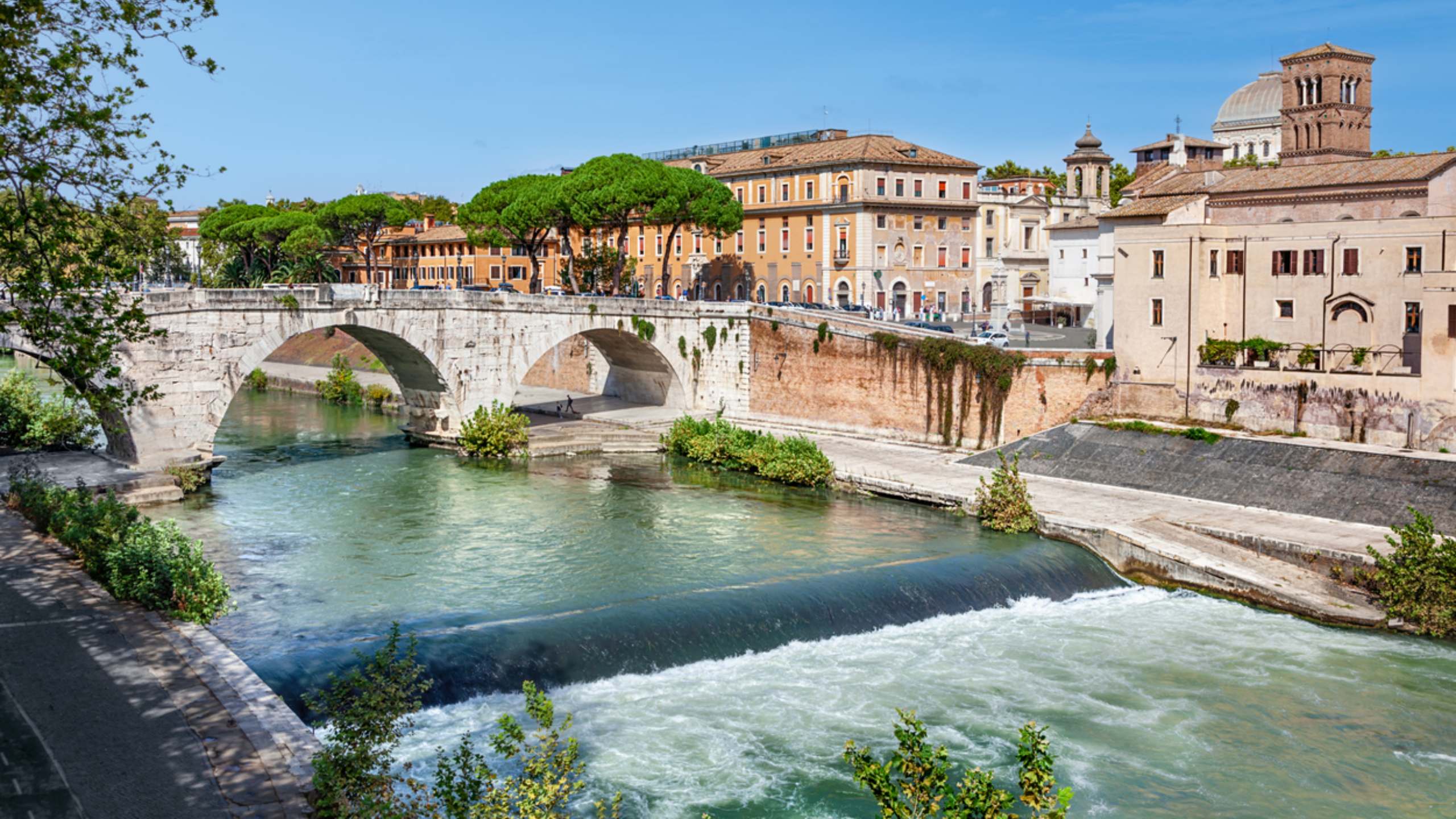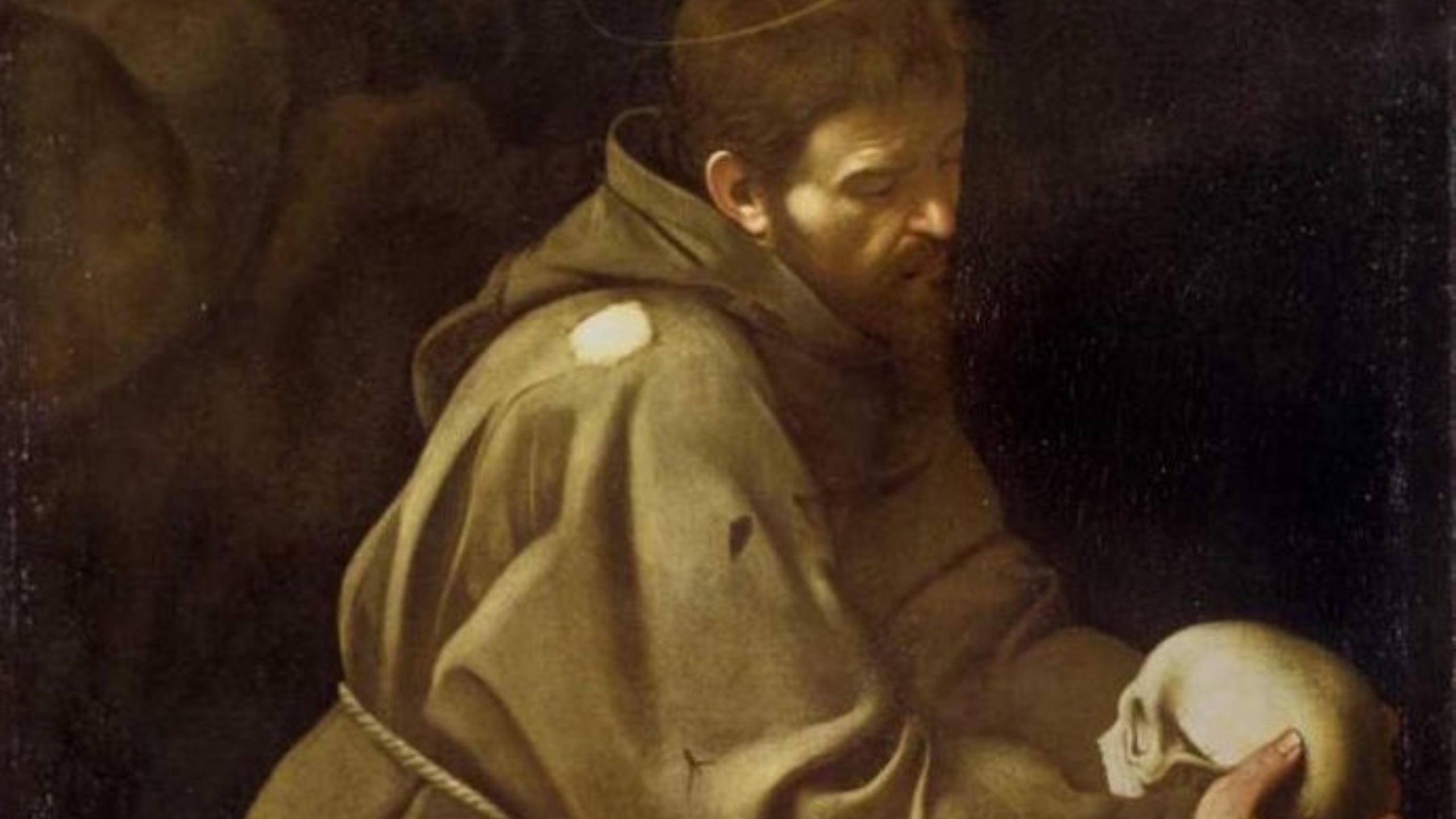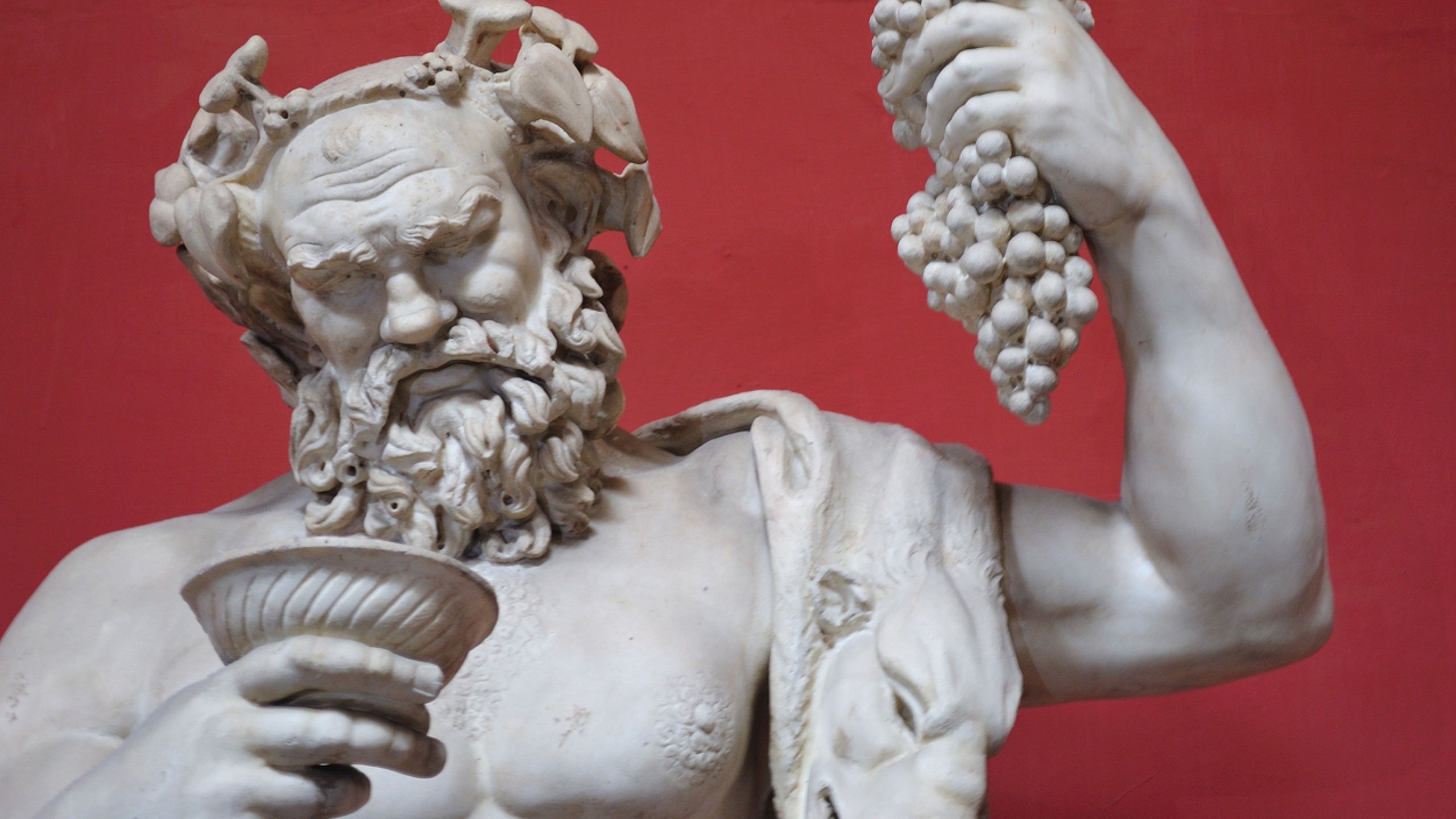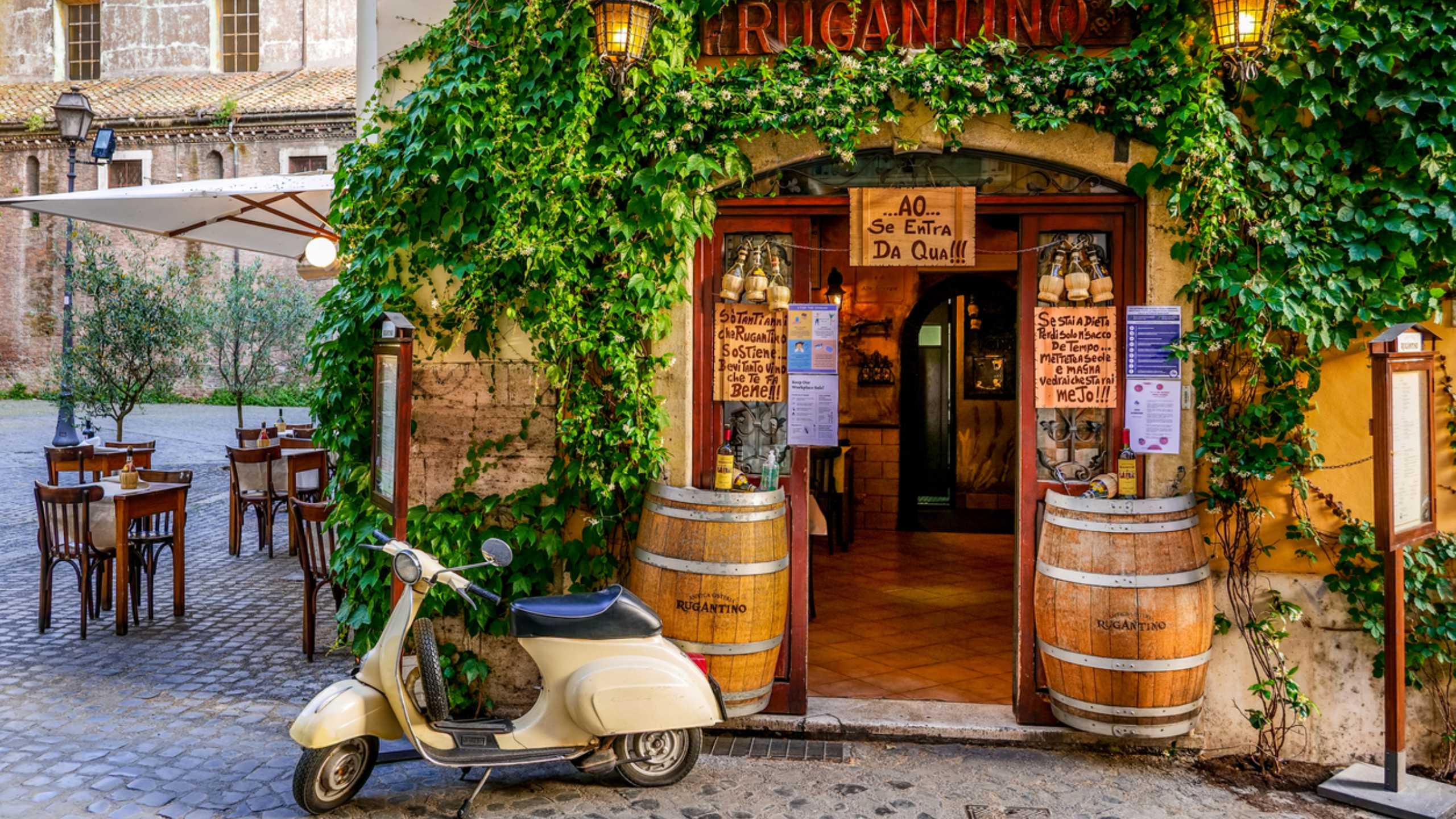The Rome of bridges
Almost forty the bridges over the Tiber, of which thirteen in the Historic Center. Some from the Roman era, when the builders - well yes, the Pontifices - were priests. Custodians of secular, juridical, sacred and even magical Knowledge, chosen from among the patrician families and active until 300 B.C.E. by a five-member chaired by a Pontifex Maximus. Because bridges connect - neighborhoods, of course, but above all world. Even spiritually and in Time. Therefore, after the many walks in the History, the Arts and even the flavors around us, we suggest one along the river. From the vicinity of Eitch Belsiana and the Spanish Square to that of Eitch Borromini and Navona Square. Camera in hand, because the views from the decks – especially at sunset – will be one to remember…
A little beyond People’s Square, the first bridge: Queen Margaret, inaugurated in 1891. In masonry after centuries of other materials, dedicated to the first Sovereign of Italy, with three arches covered in travertine but which – in its disconcerting simplicity – will give you one of the best views. The second one is Cavour, made by the same architect and inaugurated five years later. With five arches and from which, every January 1st, some brave people take a now traditional dive. Lastly, the third of the same hand: Umberto I, dedicated to the first King of Italy. With the addition of the Subiaco stone to the bricks and travertine and a direction of travel opposite to that normally followed here.
And now we change era, because we are at the bridge of the Angels. Wanted by the emperor Hadrian in 134 B.C.E. as a connection with his personal Mausoleum - over time became Saint Angel Castle whose story we have told on these pages, including the ten Angels designed by Bernini in 1668. Of the ancient building only the three central arches are still original and the two Angel also sculpted by Bernini are kept elsewhere and here replaced by copies, but the charm of this bridge remains absolute. After the unmissable visit to the Castle and a possible refreshment stop, we can continue with three more recent bridges: Victor Emanuel II (inaugurated in 1912 and with a notable sculptural decoration), Prince Amedeo (completed in 1942 and covered by white marble) and Mazzini (finished in 1908). Or we can focus on the subsequent ones and ideally return to the Roman era.
Starting from the Sisto bridge, wanted by the Pope of the same name (Sisto IV) for the Jubilee of 1475 on the ruins of the previous one which dated back to 12 B.C.E. With a hole in case of flood in the central pylon – wchich the Romans immediately called “the big eye” – and without the cast iron hanging walkways added in 1877.
Then passed the last modern parenthesis of this walk - the Garibaldi bridge, made by the same architect as the first three and finished in 1888 - we get to Fabricio. From 62 B.C.E. and the best preserved among the Roman ones, which bears the name of its builder. A bridge accompanied by two legends, one linked to the four-faced herms and one about the small marble female head set in the birckwork, which we leave you the pleasure of discovering.
Immediately after, the Cestio bridge - from 44-46 B.C.E. The second after the Fabricio to connect not the two banks of the Tiber but one of the banks to the Tiber Island and the old Jewish ‘Ghetto’. In travertine from the Theater of Marcellus and tuff inside, and seeing numerous interventions over the centuries until the reconstruction - except the central arch - in 1889.
Lastly, in front of the Tiber island, a relic: the Broken bridge. That is the remains of the ancient Pons Aemilius, made in 241 B.C.E. At the time, the longest and also the most important, wich allowed to reach the Capitol, the Forums and the Circus Maximus. And which, renovated afetr numerous hardships in 1853, will be abandoned in 1887 in favor of the construction of the Tiber walls and of a new bridge - the Palatino - alongside.
Comfortable shoes and gaze focused on the panoramas: can you imagine what the imperial, medieval, renaissance and baroque Rome must have been like?







